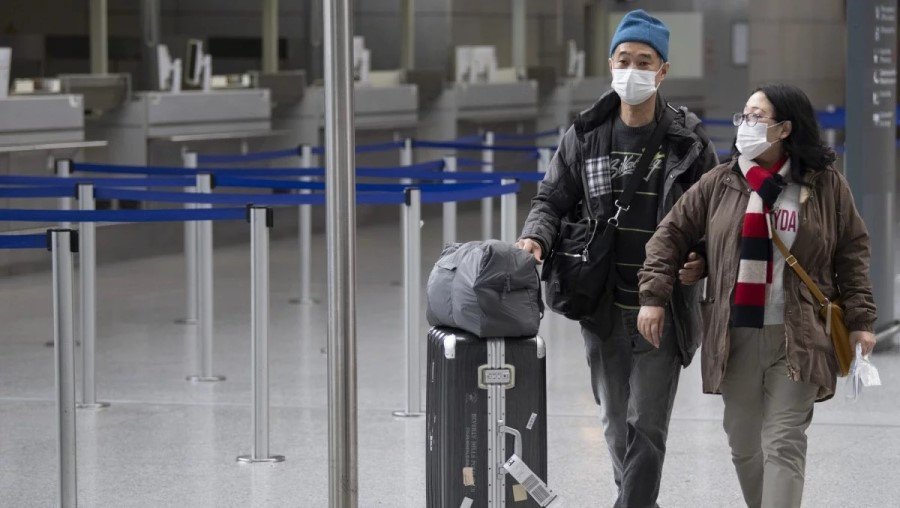EU binds Banks to Strict requirements for a Capital Buffer. EU finance ministers have reached a compromise on hard capital requirements for all banks. It involves large and small institutions.
The political agreement is a victory for Minister Wopke Hoekstra and ‘his’ coalition of eight countries.

It believes that banks in the eurozone first have to clean up the risks on their balance sheets before there can be any further steps in the Banking Union, such as a joint deposit system, posted by FOX News Point.
Ministers negotiated the package of measures for eighteen months. Hoekstra was in Brussels until
Thursday night with his French and German colleagues and the European Commission to reach a compromise that would convince all member states.
According to the minister, the standards are “an important step to ensure that taxpayers never have to pay the bill.” We need to ensure a robust, strong banking sector in Europe. “
Extra buffer
All banks are obliged to hold a further capital buffer of at least 3 percent, which is called upon when a bank gets into trouble. For large systemic banks such as ING in the Netherlands, this will be 3.5 percent.
This requirement comes alongside the already essential buffer of 8 percent of bank liabilities.
This buffer is used for when the bank falls over and is on behalf of private investors.
The new EU agreement will impose more rigorous requirements for the composition of this buffer.
Hoekstra is “delighted” about the package. “specifically what the Netherlands has been doing since 2016,” he said after the EU Council of Ministers in Brussels.
Dutch banks
According to the Nederlandsche Vereniging van Banken (NVB), Dutch banks do not have to take additional measures as a result of the agreement.
“Dutch banks are well-capitalised and therefore able to cope with unexpected blows, thanks to a strong increase in capital and liquidity”, according to the NVB in a reaction.



